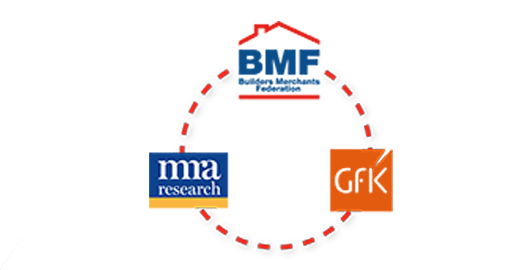Timbmet comment: Q2 2018
Nigel Cox, Managing Director Timbmet is BMBI’s Expert for Timber & Panel Products.
Demand for timber and panel products improved in the second quarter of 2018 as a result of better weather and increased construction activity. BMBI statistics reflect this with the category highlighted as the second-highest performer year-on-year in Q2. We remain optimistic for the future but are aware of significant uncertainty around Brexit. Continued fluctuation in the sterling exchange rate impacting on prices is a concern, especially when forward buying in euros or dollars. The uncertainty around importing protocols should there be a no-deal Brexit is another concern.
Following the Grenfell Tower fire disaster, the Ministry of Housing, Communities & Local Government commissioned a review of building regulations and fire safety. Whilst we welcome the review findings we must all ensure that we respond to the consultation, and promote the benefits of timber. There will be opportunities that we’re well placed to support, such as the need to replace fire doors in public housing.
Hardwood timber supply is generally stable. African timber supply problems are now known and imports are being managed: in the short-term timber is still available. There is an increased requirement for prime-grade European oak which is affecting availability of supply and increasing price. Demand could be increased further following President Trump’s decision to impose trade levies and the proposed Chinese counter of a 25% levy on American timber imports. Any shortage of European oak should be offset by an increased availability of American oak.
Designers and architects are important influencers in new uses for oak. In the veneer market, as well as using the market-leading crown-cut option, we see them embracing new effects such as fumed, dyed, scratched, brushed and rustic.
The panel product supply chain hasn’t changed significantly over the quarter. The availability of MDF (medium density fibreboard) remains on seven-week lead times with no sign of fresh supply hitting the market for the foreseeable future. Pricing pressure should be expected in the second half of the year.
Finally, Malaysian plywood supply is seeing robust demand from Europe, America and Japan. Supply is under pressure following unseasonal rainfall and the decision by the Malaysian government to reduce or suspend logging.



